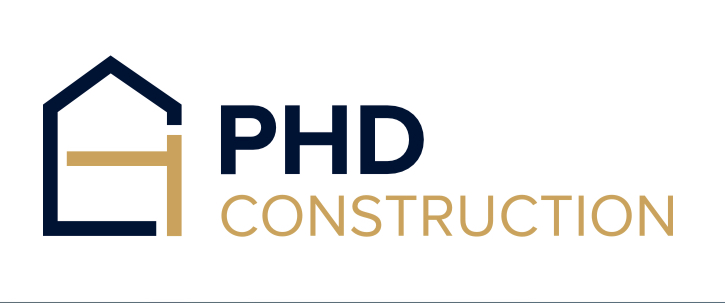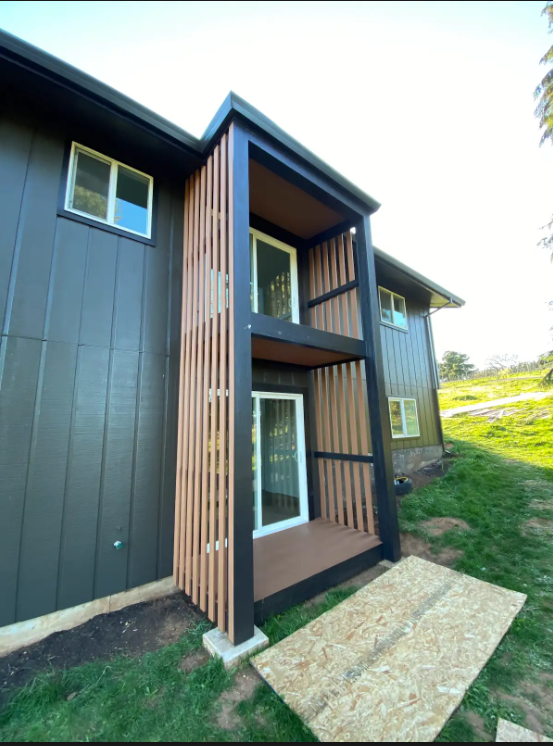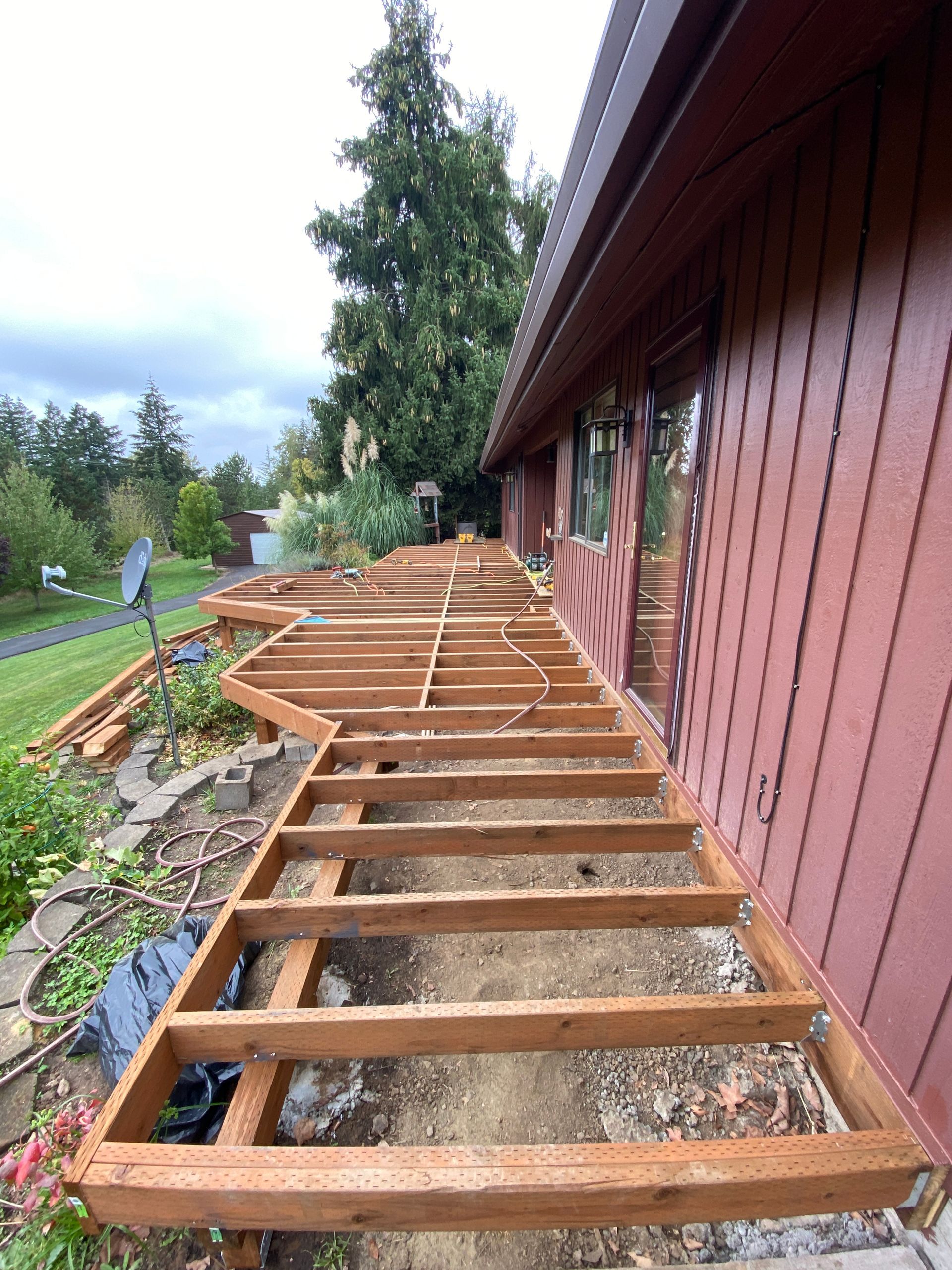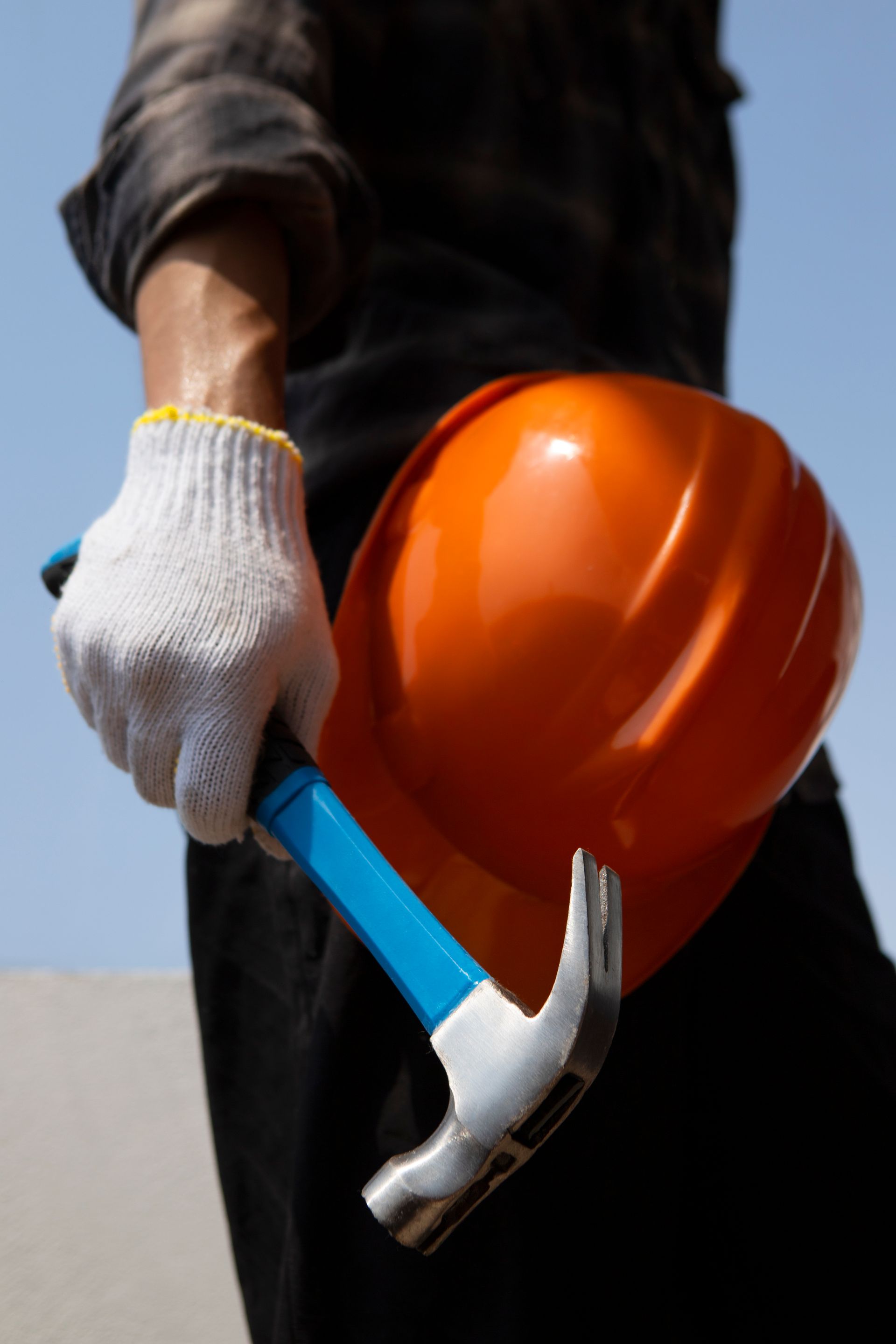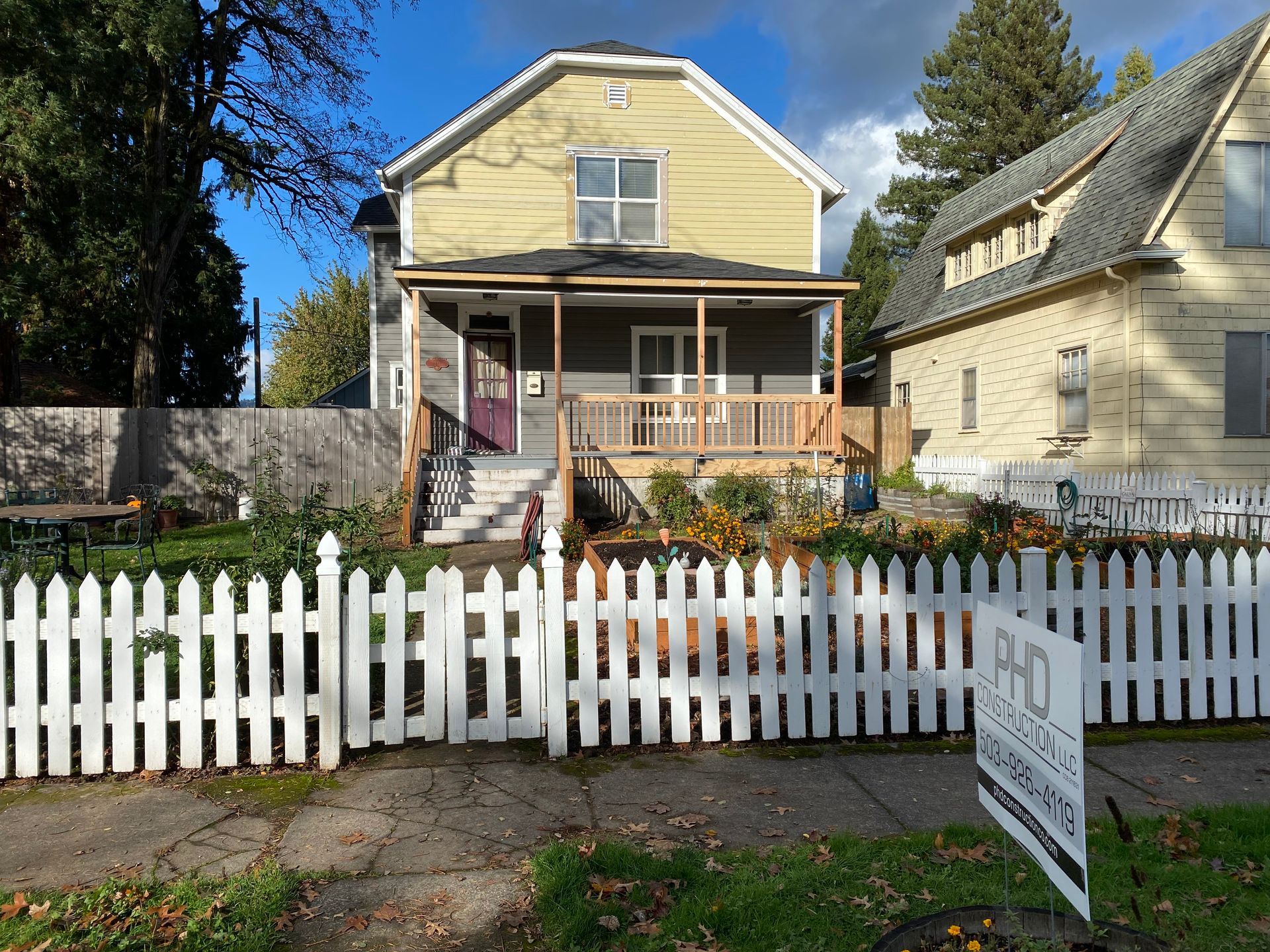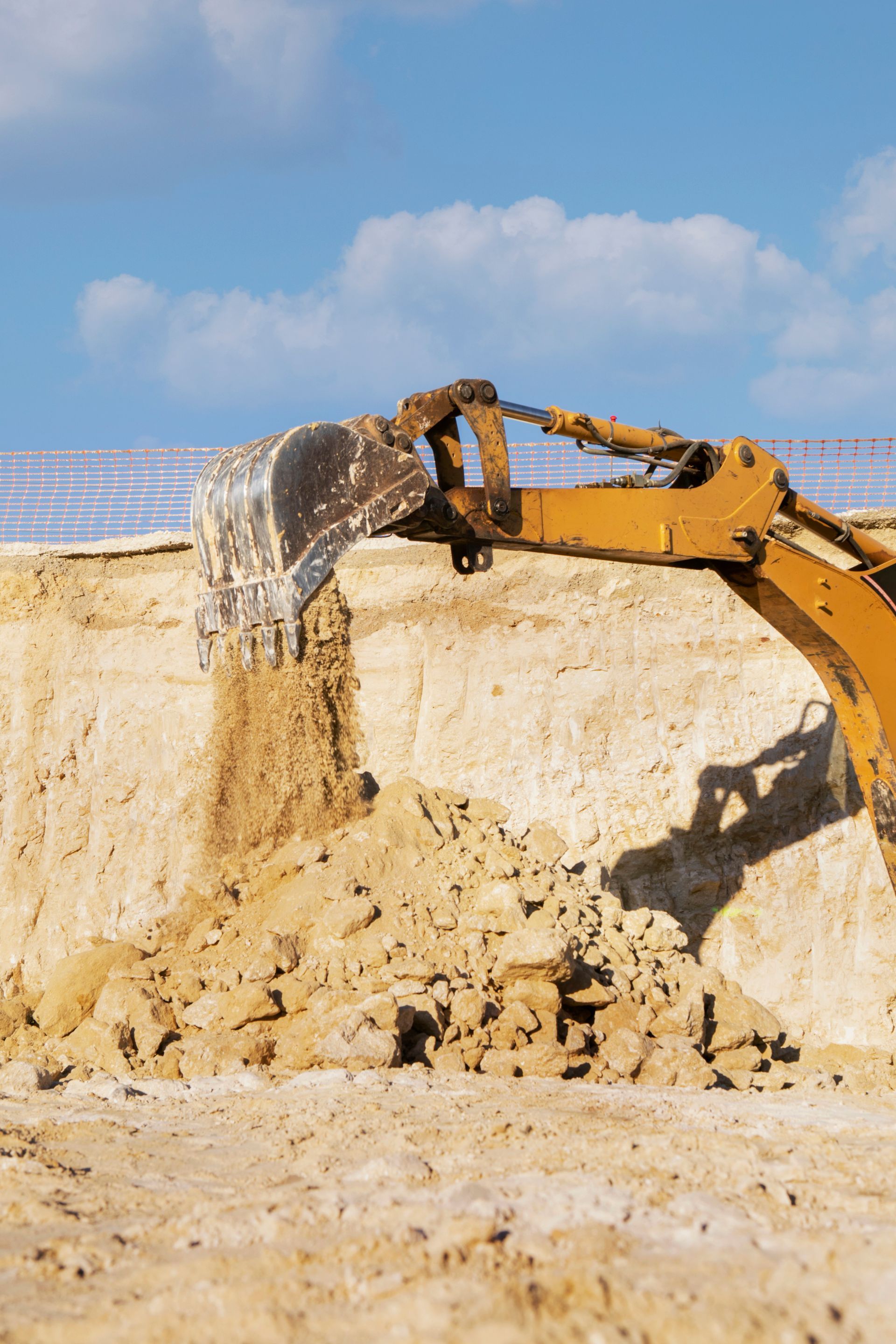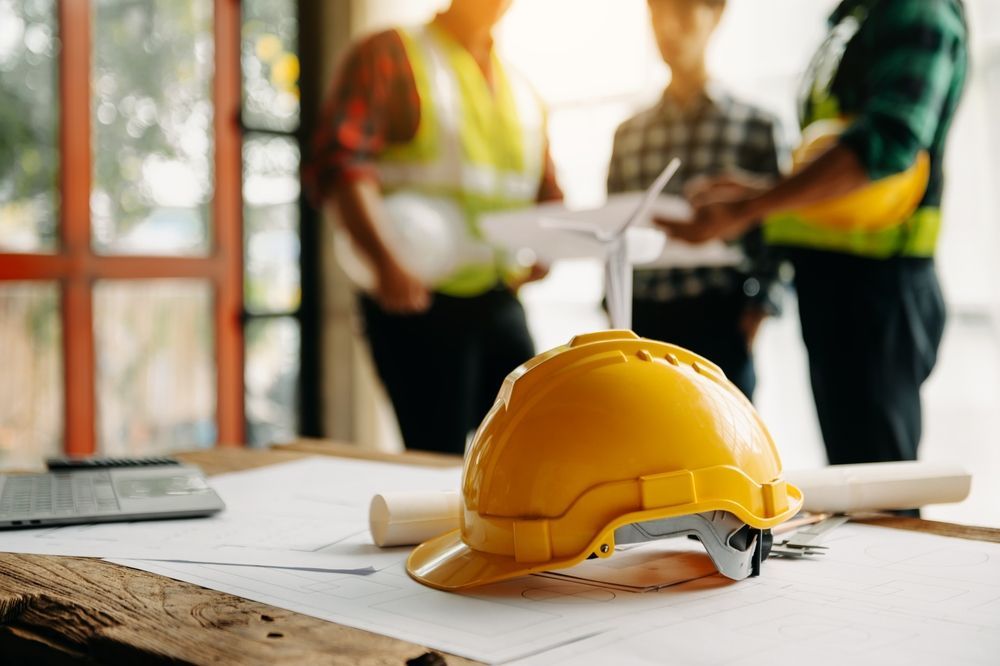Sustainable Living: Incorporating Energy-Efficient Design in Your New Home Construction
With the growing awareness for environmental protection and reducing energy consumption, more homeowners are looking into incorporating energy-efficient design in their new home construction projects. This not only reduces your carbon footprint but also results in significant cost savings in the long run. In this blog post, we will explore the benefits of energy-efficient design and provide practical tips on how to incorporate it into your new home construction project.
Benefits of Energy-Efficient Design in New Home Construction
1. Lower Energy Bills
By incorporating energy-efficient design, you can significantly reduce your home's energy consumption, leading to lower energy bills. This means more savings that you can use for other important aspects of your life.
2. Increased Comfort
Energy-efficient homes are designed to maintain a comfortable temperature throughout the year. This means less reliance on heating and cooling systems, resulting in more consistent indoor temperatures.
3. Enhanced Durability
Homes built with energy-efficient design tend to have better insulation, which helps protect the structure from harsh weather conditions. This leads to a more durable and long-lasting home.
4. Higher Resale Value
An energy-efficient home is more attractive to potential buyers, as it offers lower operating costs and a more comfortable living environment. This can significantly increase your home's resale value.
5. Environmentally Friendly
By reducing your home's energy consumption, you are minimizing your carbon footprint and contributing to a more sustainable environment.
Tips for Incorporating Energy-Efficient Design in Your New Home Construction
1. Insulation
Proper insulation is crucial for energy-efficient design. Make sure to use high-quality insulation materials for walls, roofs, and floors to reduce heat transfer and maintain a comfortable indoor temperature.
2. Windows
Double or triple-pane windows with low-emissivity (low-E) coatings can help reduce heat transfer, keeping your home cooler in the summer and warmer in the winter. Additionally, strategically placing windows to take advantage of natural light can minimize the need for artificial lighting during the day.
3. Heating and Cooling Systems
Choose energy-efficient heating and cooling systems to lower your energy consumption. Look for products with the ENERGY STAR label, as they are designed to meet strict energy efficiency guidelines.
4. Solar Energy
Installing solar panels on your roof can significantly reduce your home's reliance on grid electricity. This not only lowers your energy bills but also enables you to tap into a clean, renewable energy source.
5. Energy-Efficient Appliances and Lighting
Opt for energy-efficient appliances and LED lighting to further reduce your home's energy consumption. Look for products with the ENERGY STAR label for the best energy efficiency.
6. Water Conservation
Incorporate water-saving features such as low-flow faucets, showerheads, and toilets to conserve water and reduce your utility bills.
7. Landscaping
Thoughtful landscaping can help improve your home's energy efficiency by strategically placing trees and shrubs to provide shade and reduce cooling costs during the summer months.
Incorporating energy-efficient design in your new home construction project is an investment in your future – both financially and environmentally. At PHD Construction Co., our team of experienced professionals is well-equipped to help you design and build an energy-efficient home that meets your specific needs and preferences. Don't hesitate to contact us today to discuss your project and learn more about how we can help you create a sustainable living environment for years to come.
